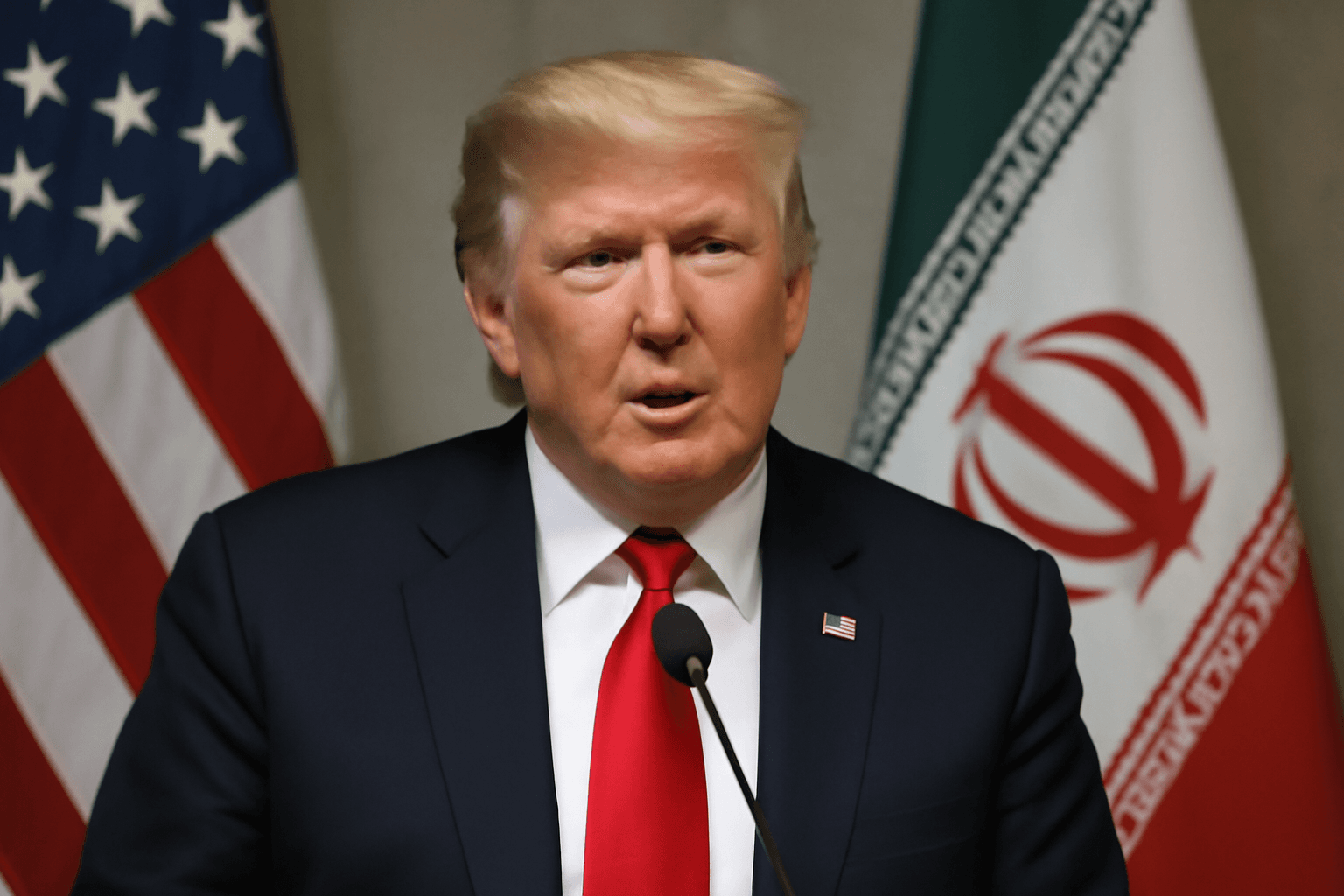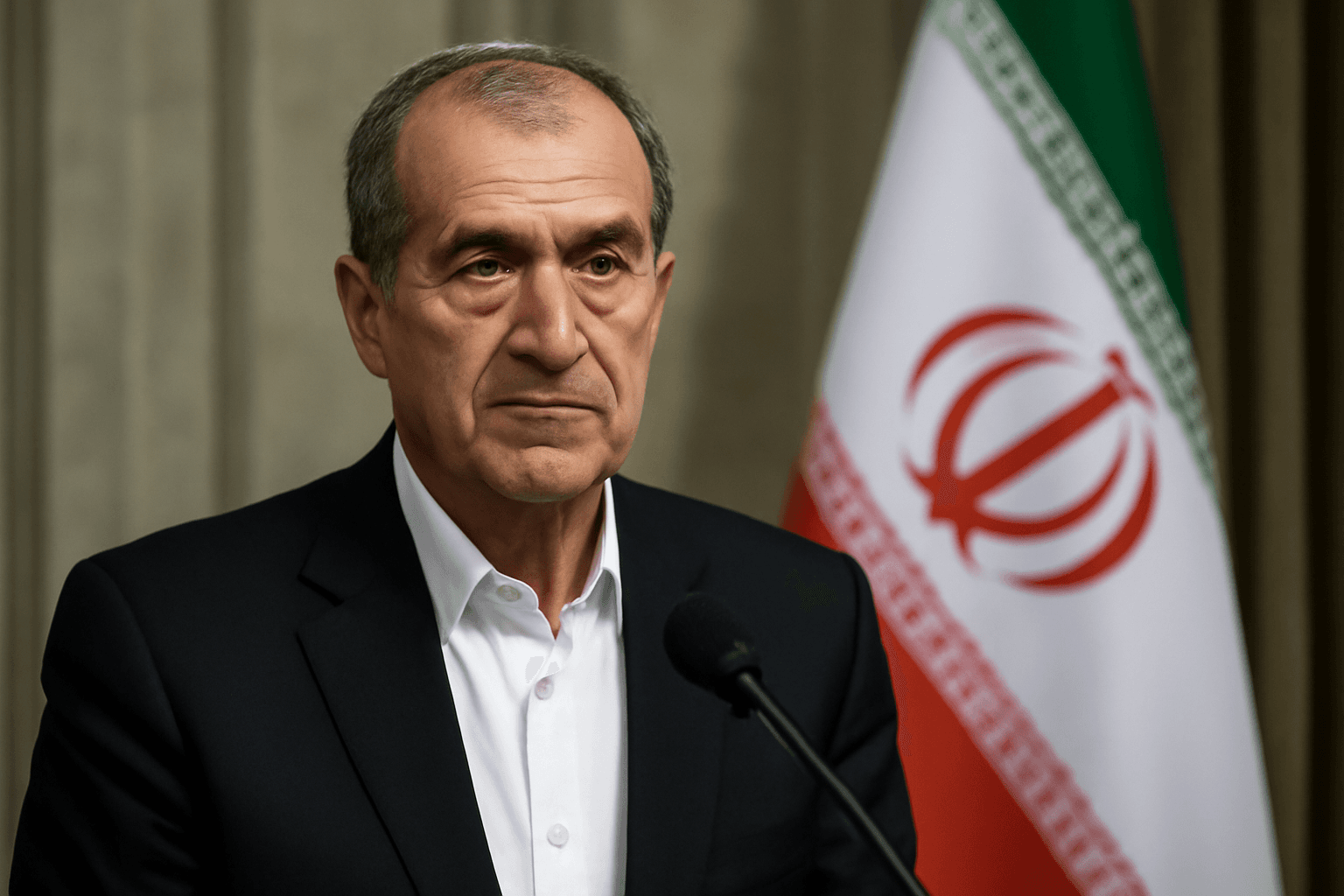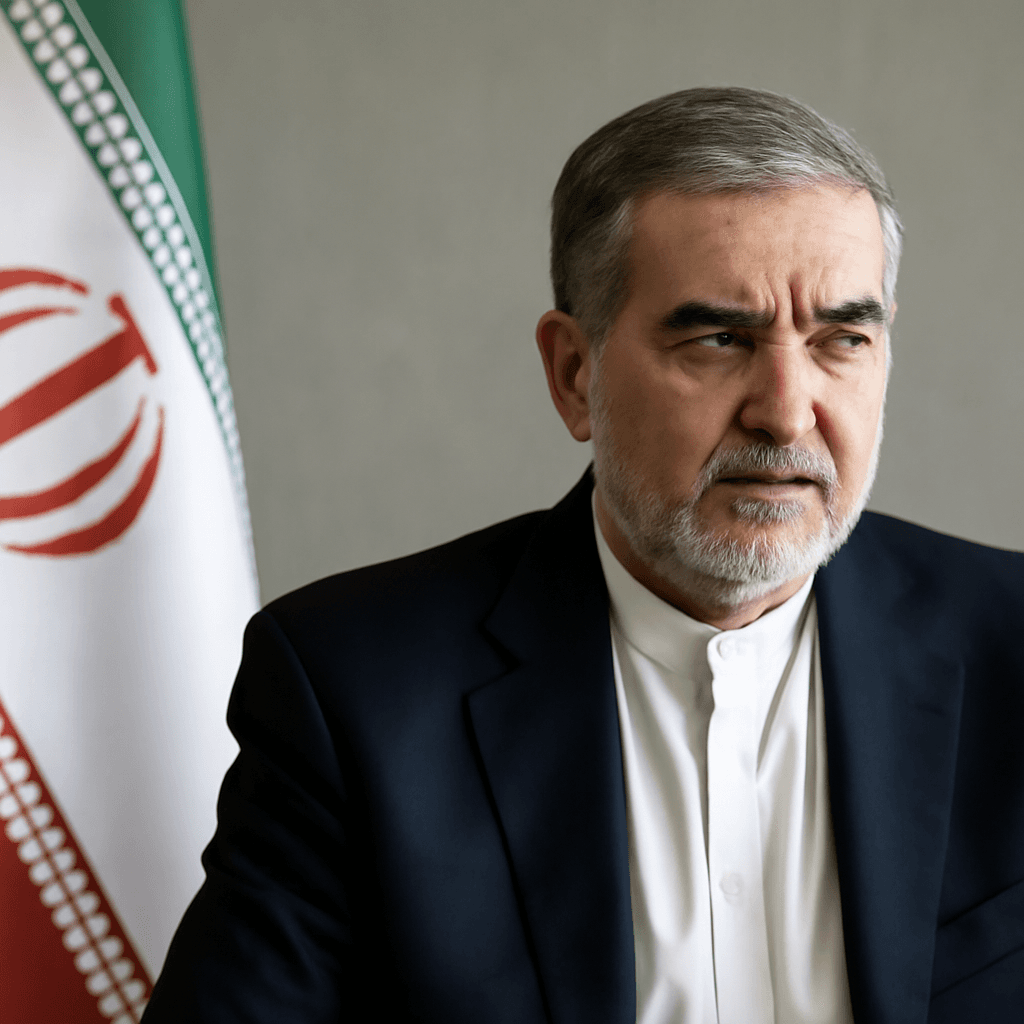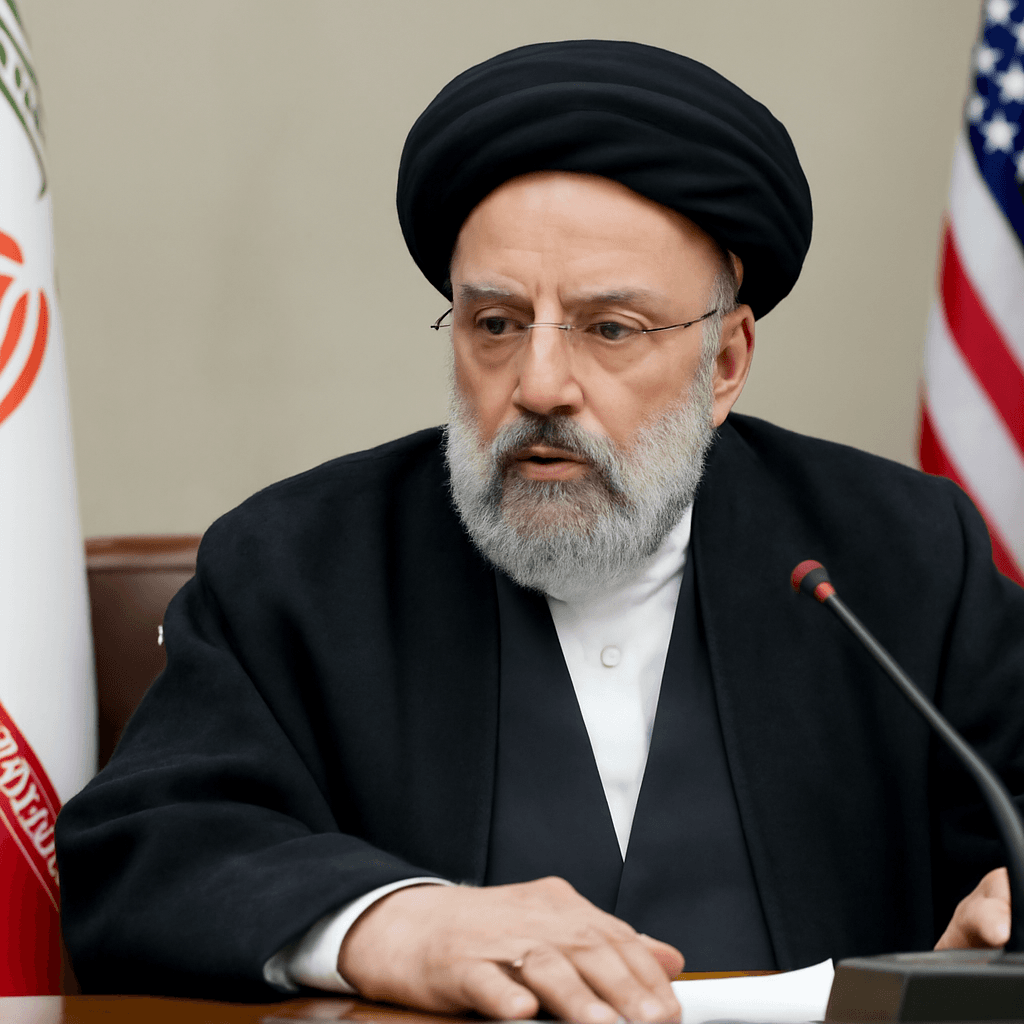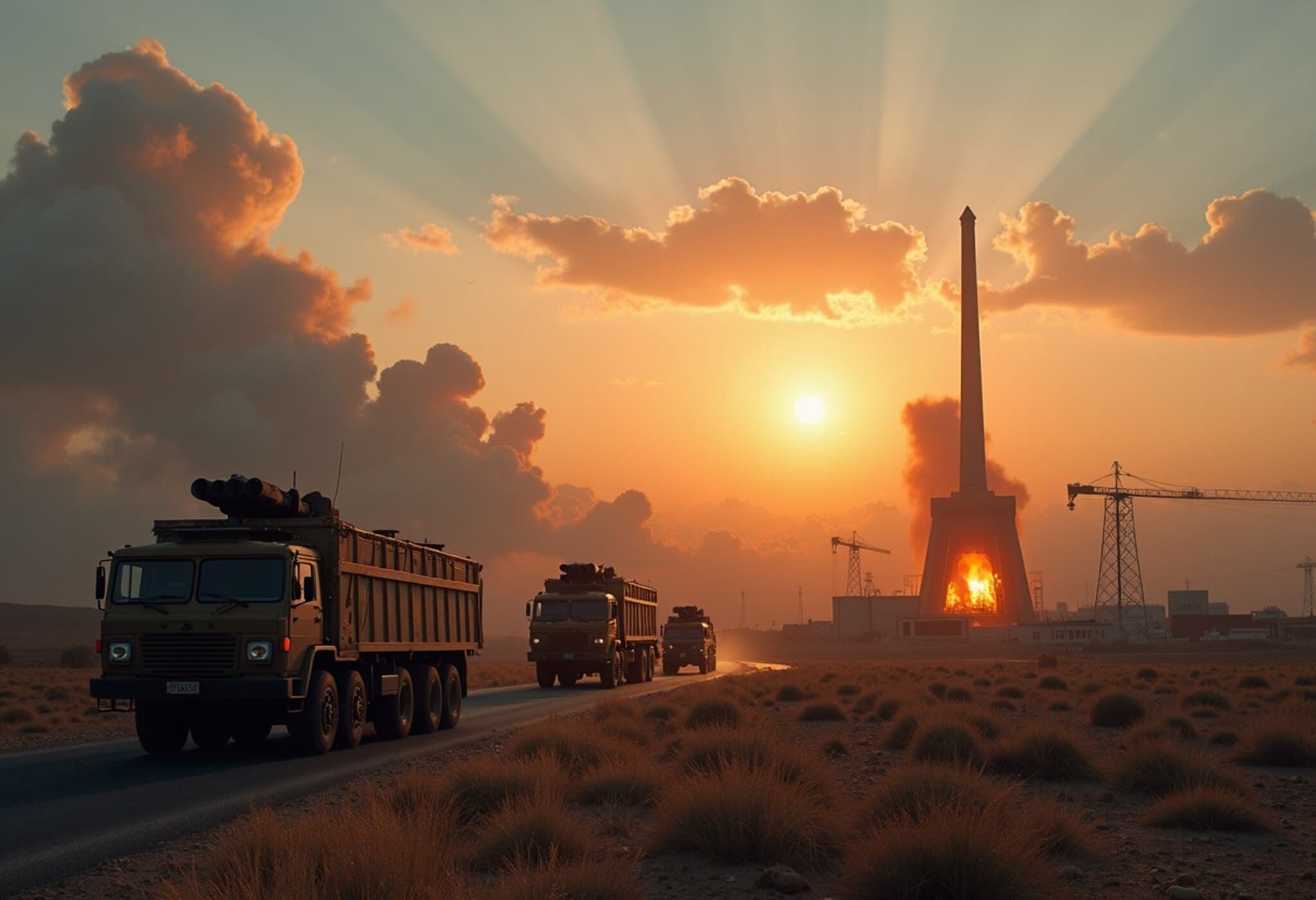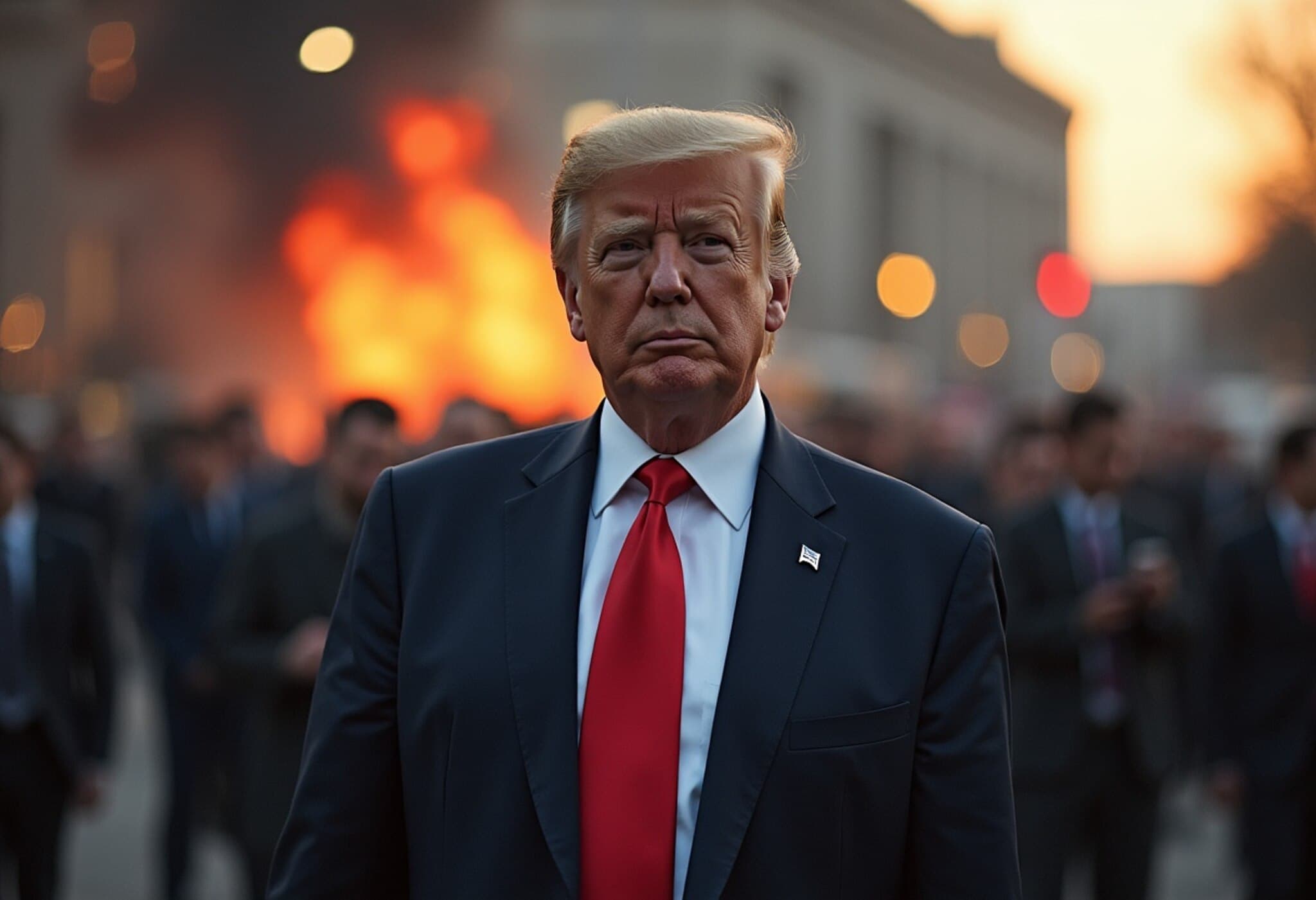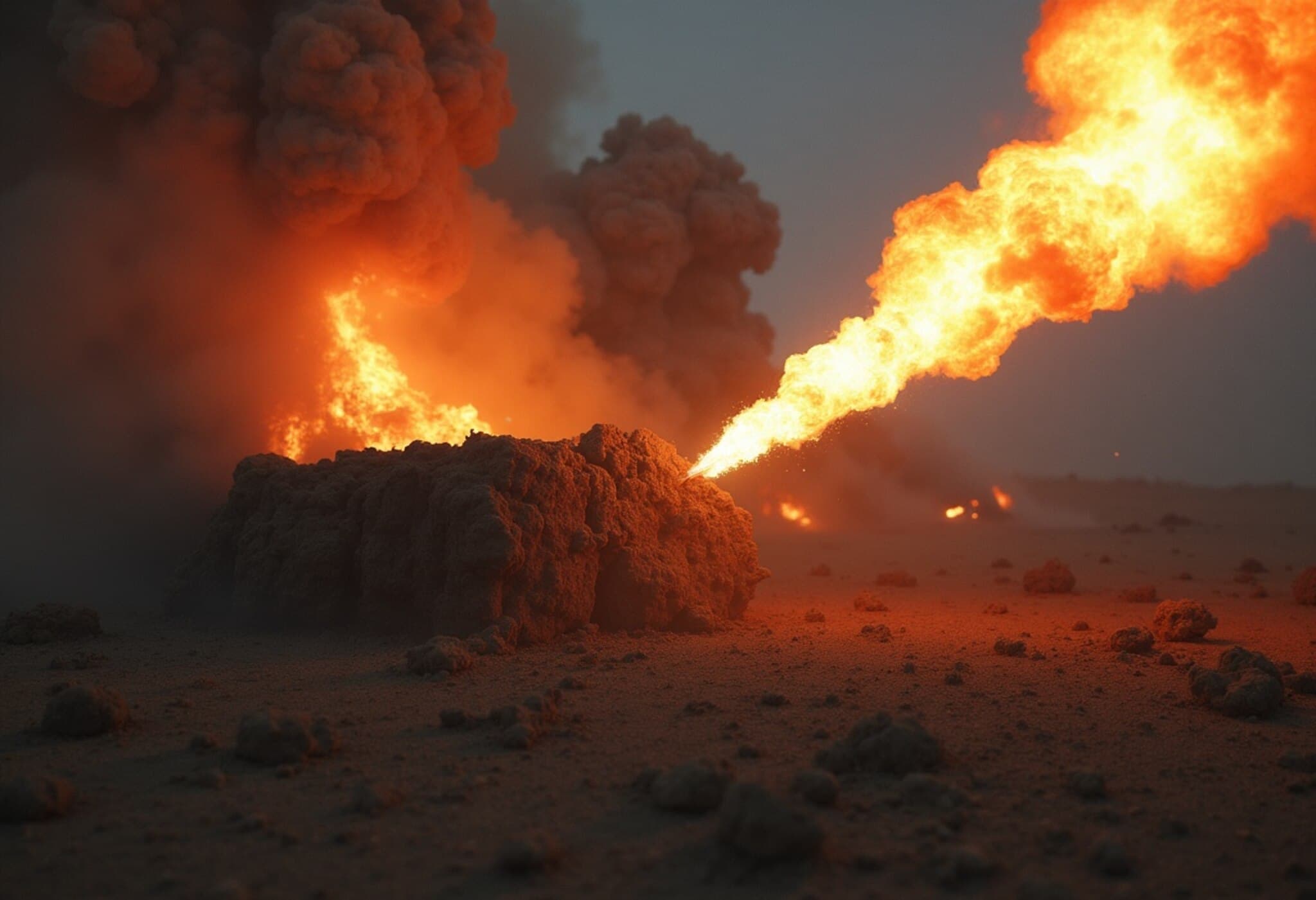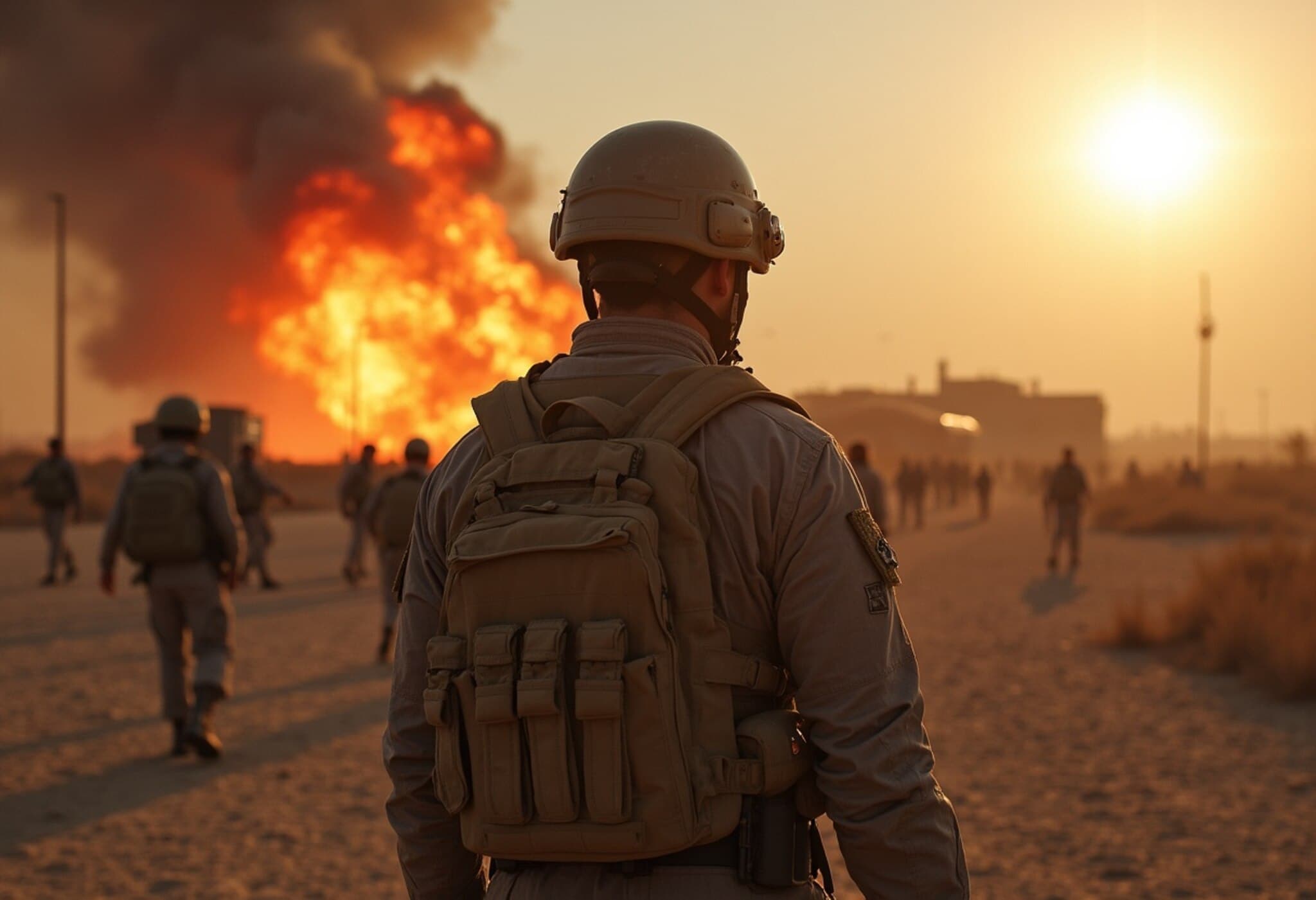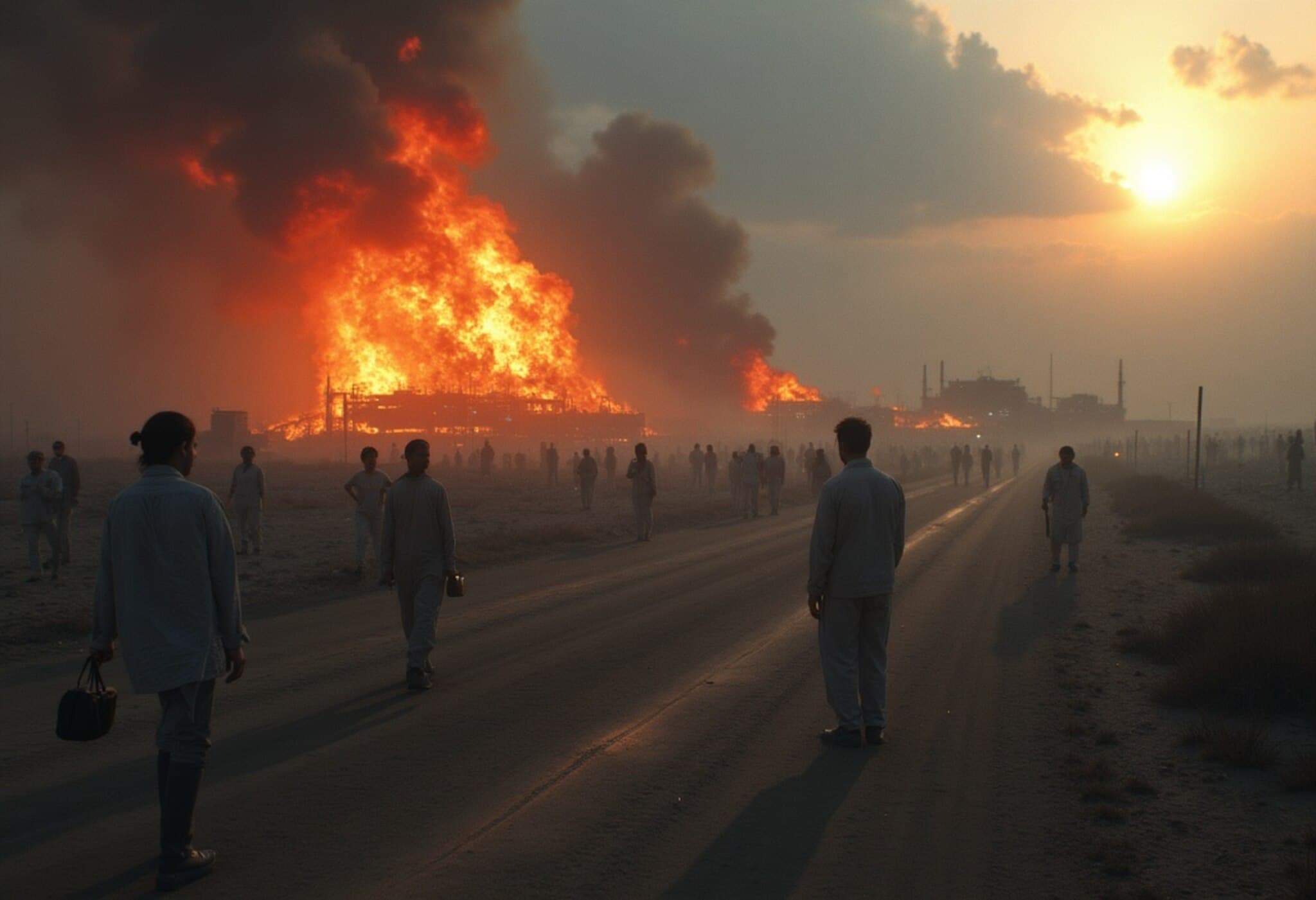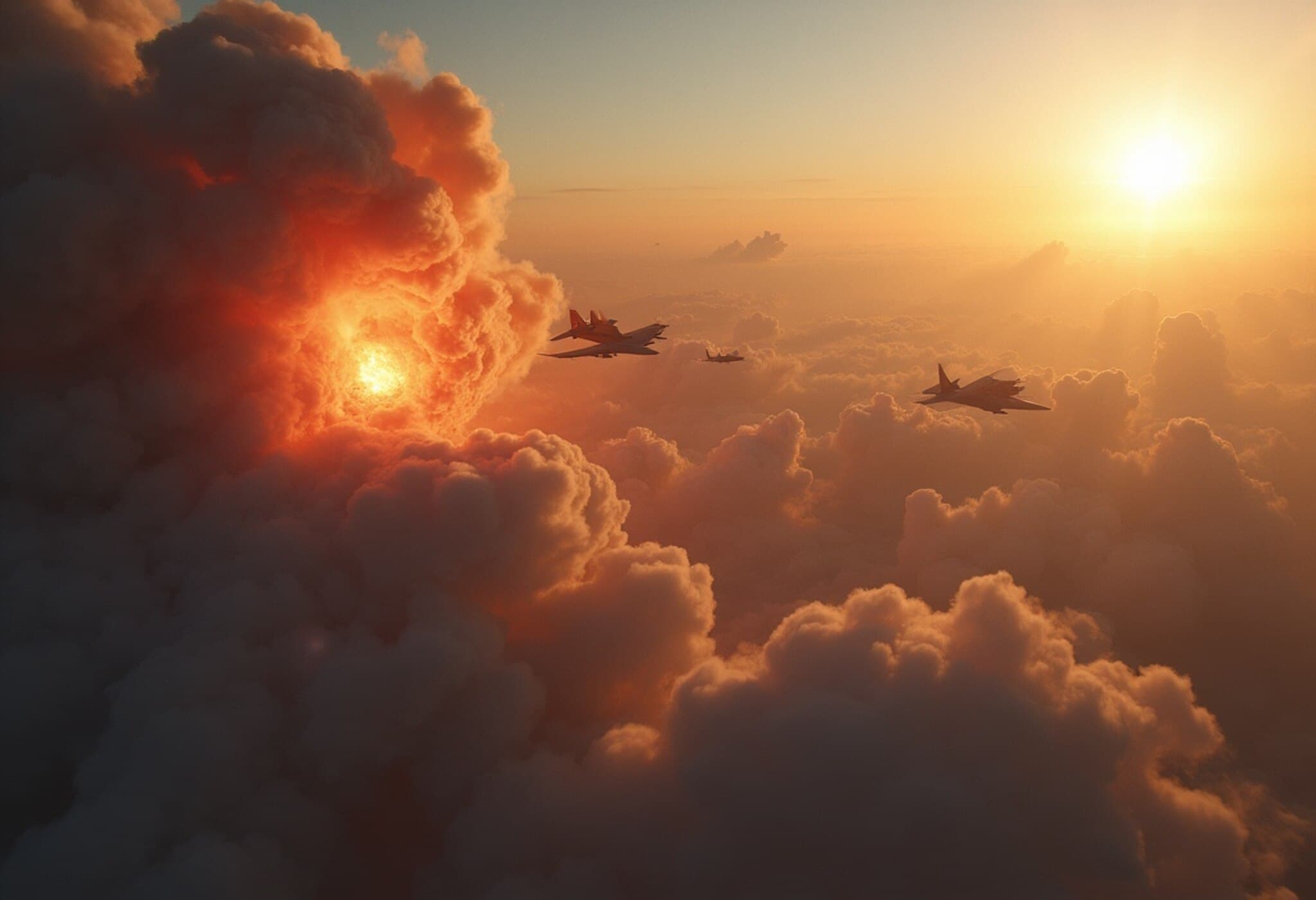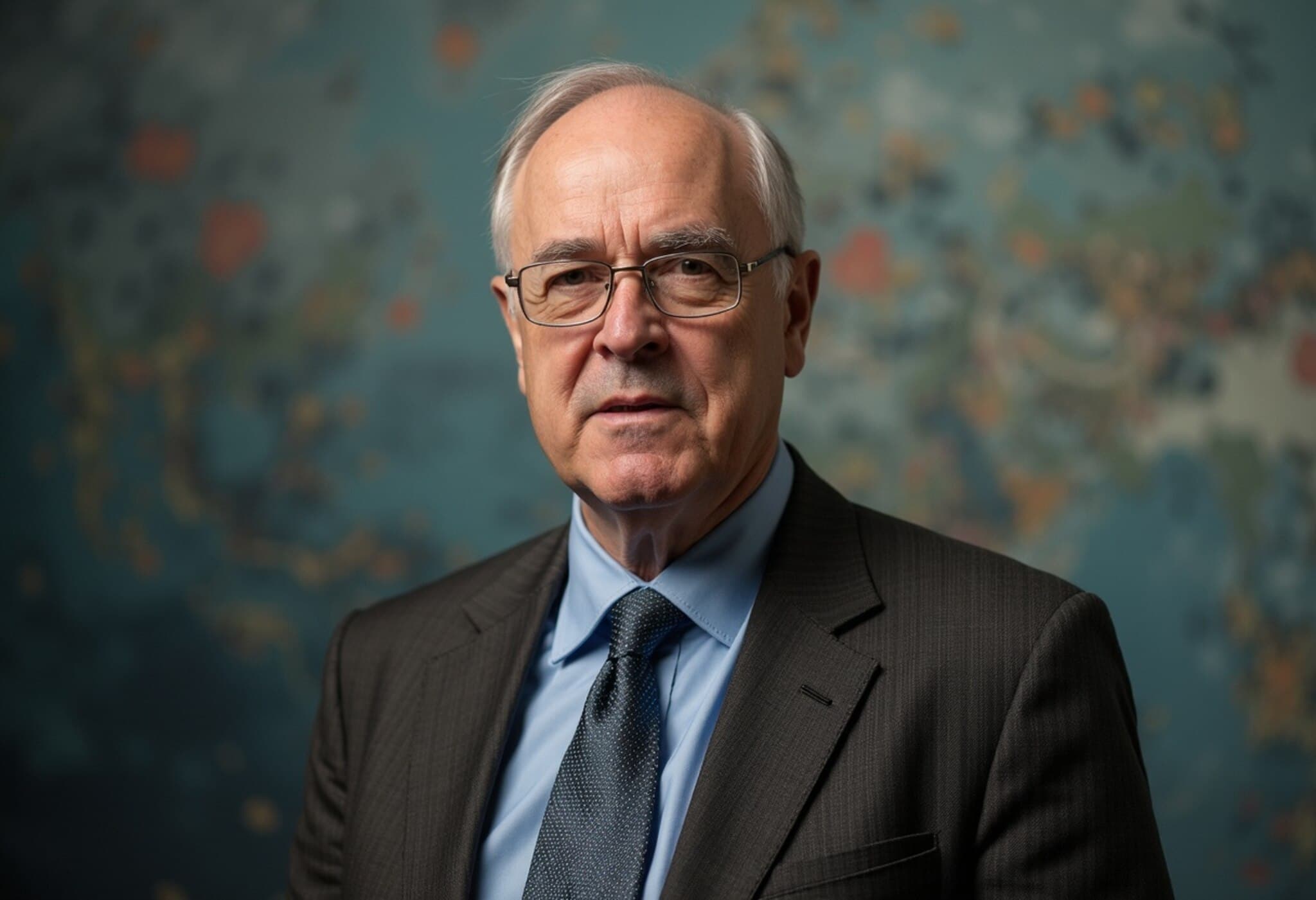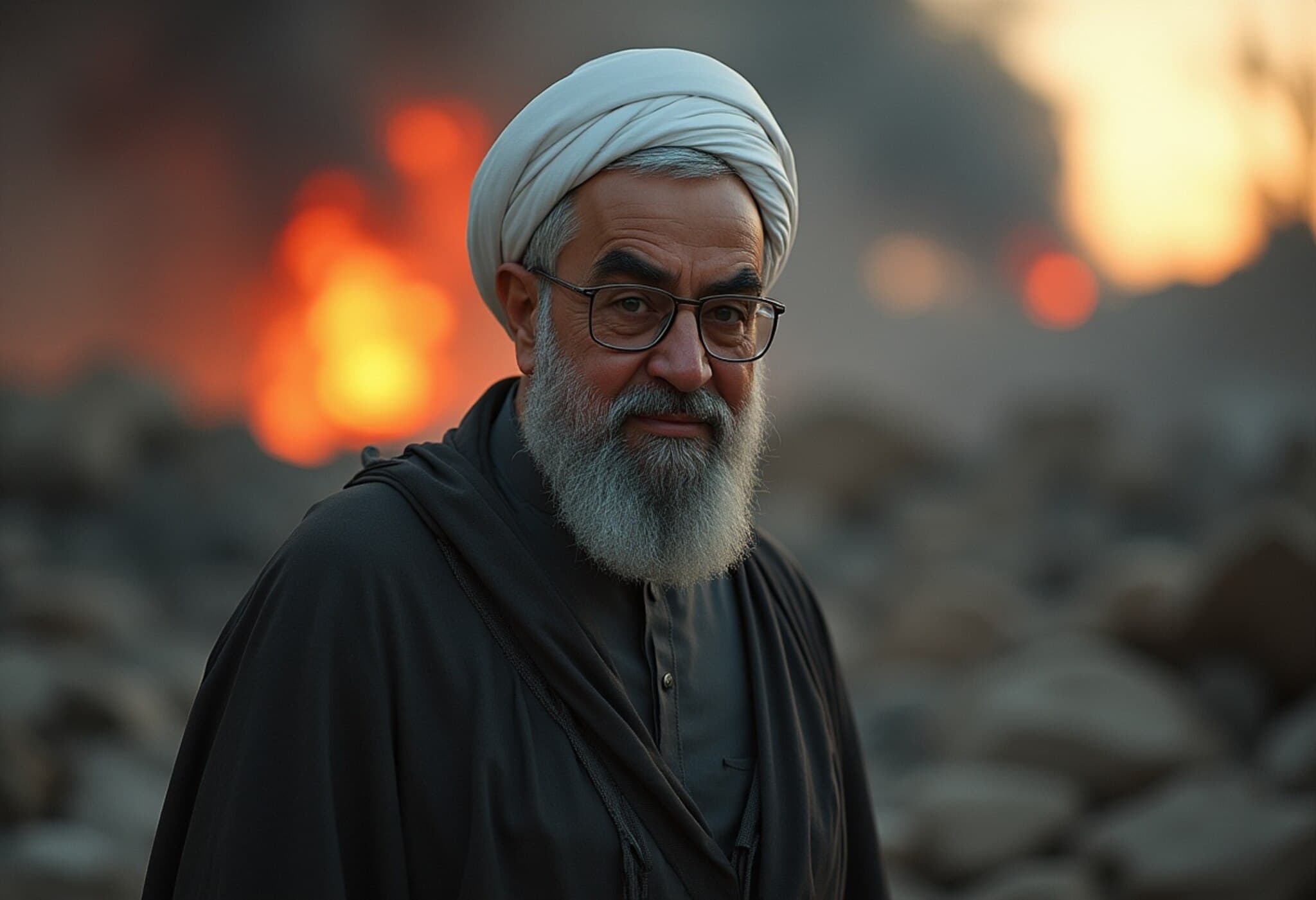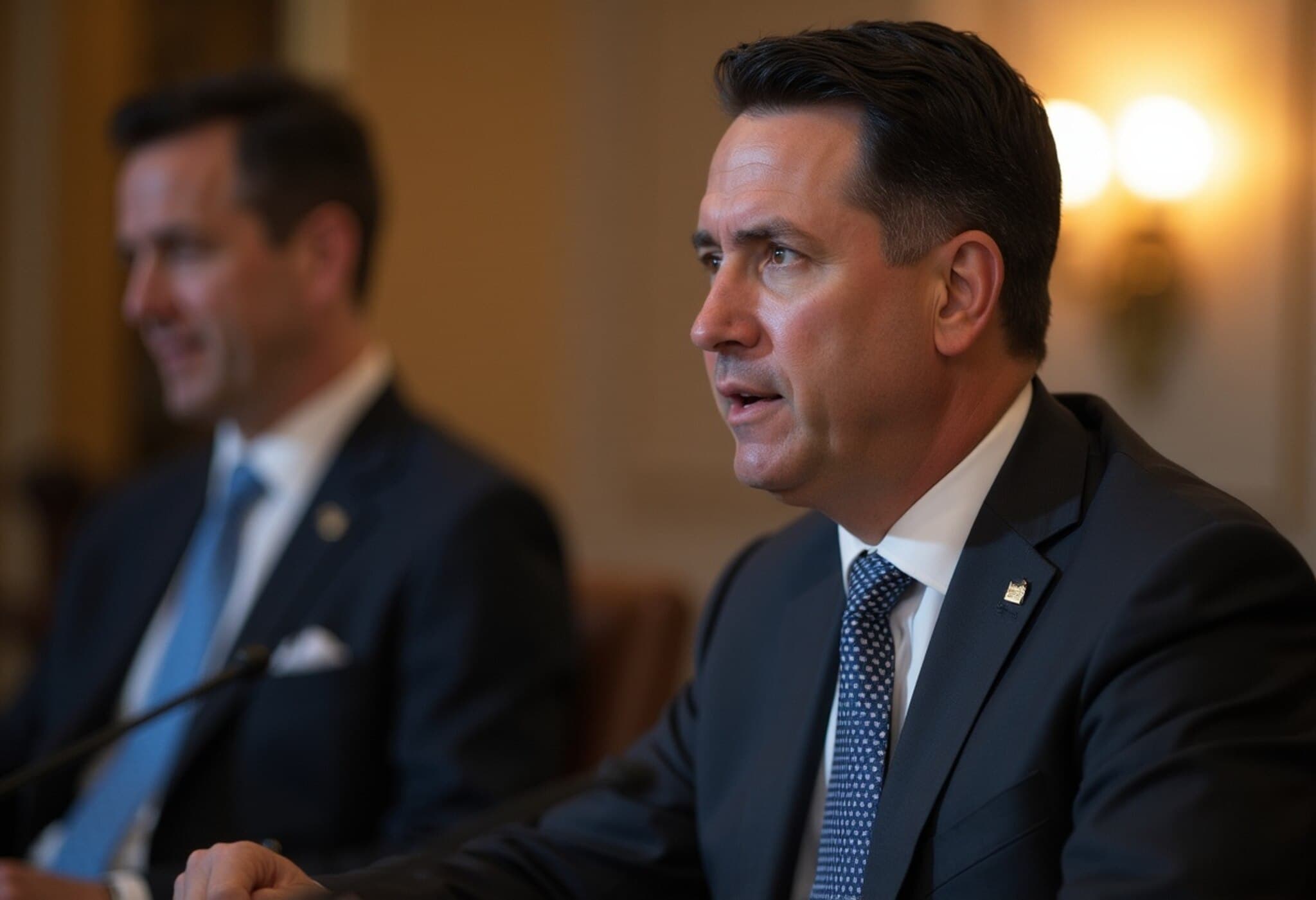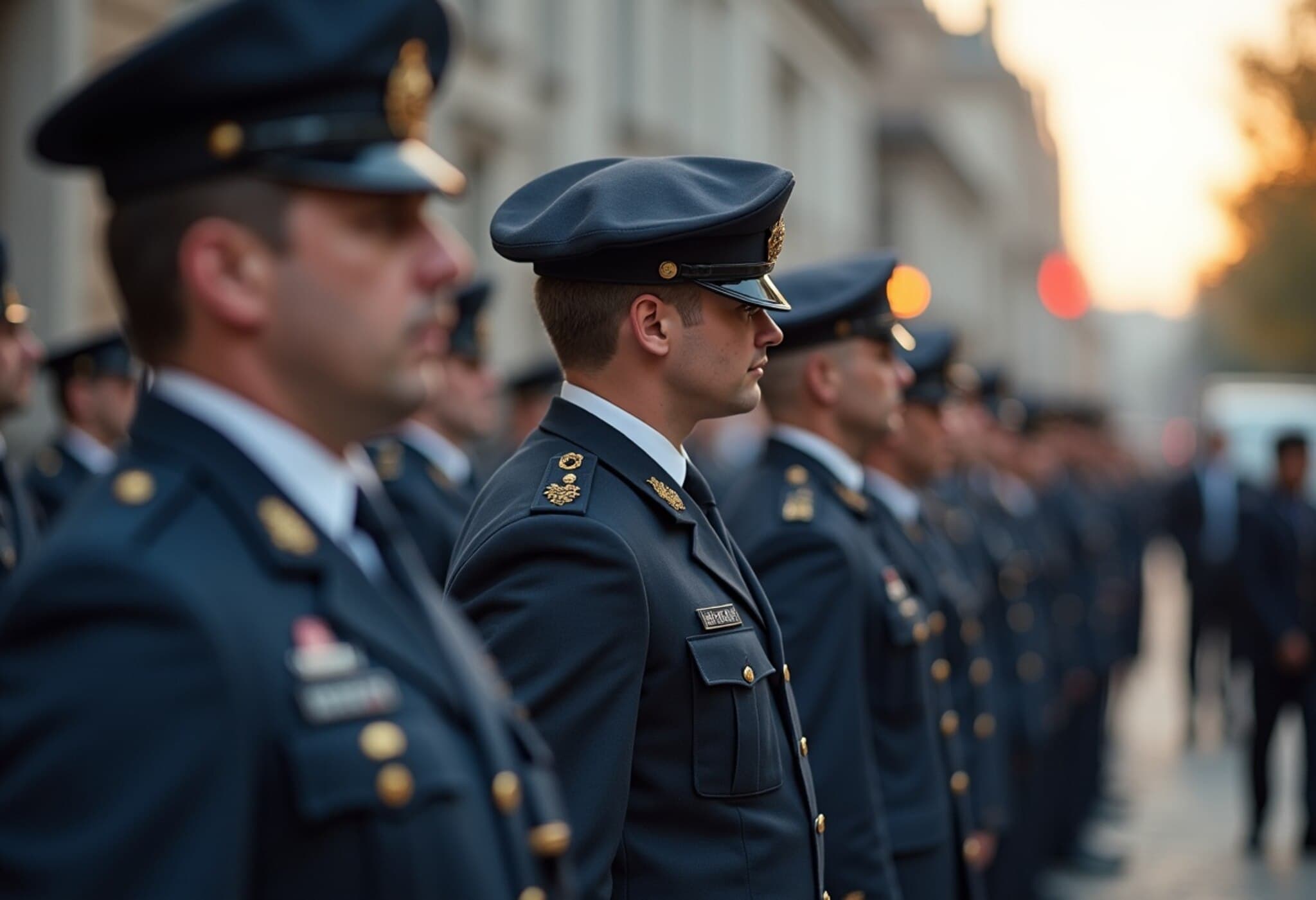The US Role in Launching Iran’s Nuclear Ambitions
The ongoing tensions around Iran's nuclear program have deep roots stretching back decades. Ironically, the United States played a significant role in igniting Iran's initial nuclear infrastructure by supplying early technology and training during the Cold War era.
Atoms for Peace: The Beginning of Iran’s Nuclear Journey
During the 1950s and 60s, the US initiated the Atoms for Peace program under President Dwight D. Eisenhower, aimed at sharing nuclear technology for peaceful purposes with key allies—including Iran. As part of this initiative, Iran received the Tehran Research Reactor, a small nuclear reactor intended strictly for scientific and medical use.
Back then, political motivations centered on countering Soviet influence by strengthening alliances, leading the US to offer nuclear assistance to countries like Iran, Pakistan, and Israel. The goal was economic development and peaceful nuclear applications, without much concern over proliferation risks.
A Training Ground for Iranian Scientists
Iran, under Shah Mohammed Reza Pahlavi, embraced these opportunities enthusiastically. The Shah's pro-Western government promoted secular modernization and nuclear research, sending Iranian scientists to top US institutions such as MIT for nuclear training. By the 1970s, Iran expanded its nuclear ambitions, signing high-value contracts with European countries—most notably a billion-dollar agreement with France for several power reactors.
Changing Dynamics and Rising Concerns
Despite global efforts like the Nuclear Nonproliferation Treaty (NPT) in 1968, Iran asserted the right to develop indigenous nuclear fuel capabilities, framing it as an issue of national sovereignty—a narrative echoed by Iranian leaders today.
However, skepticism in the US government emerged during President Carter's administration, leading to tightened restrictions on Iran's access to certain nuclear technologies, especially regarding reprocessing fuel into weapons-grade material. Ultimately, several planned reactors were never delivered due to growing political tensions.
The Islamic Revolution and Its Aftermath
When the 1979 Islamic Revolution swept Iran, the new clerical regime initially distanced itself from the nuclear program, associating it with the Shah's Western-backed policies. Yet the prolonged war with Iraq in the 1980s prompted a strategic shift, reigniting interest in nuclear technology.
Pakistan’s Role in Advancing Iran’s Nuclear Capabilities
At this stage, Iran turned to Pakistan, which was itself advancing towards nuclear weapons under the guidance of scientist Abdul Qadeer Khan. Khan’s clandestine network provided Iran with uranium enrichment centrifuge designs, enabling the country to develop its own uranium enrichment program beyond initial US-supplied capabilities.
This collaboration marked a critical turning point, setting Iran on a path toward potential nuclear weapons development.
Modern Implications and Lessons Learned
Decades later, Iran’s nuclear program has evolved far beyond its humble beginnings. Its undisclosed enrichment facilities, revealed in the early 2000s, triggered international pressure demanding transparency and cessation of weaponization efforts. Despite extended diplomacy and targeted strikes in the region, the nuclear dispute remains a complex challenge.
Experts caution that while US-origin technology jump-started Iran’s nuclear journey, subsequent proliferation was heavily influenced by other actors, particularly Pakistan.
Concerns over Nuclear Technology Transfer
An ongoing debate surrounds potential US transfers of nuclear technology to other volatile regional allies, such as Saudi Arabia. Past restrictions prohibited sharing fuel enrichment capabilities with nations lacking existing nuclear programs to prevent proliferation risks. Experts warn that providing such sensitive technology could set dangerous precedents.
Conclusion
The complex history of US involvement in Iran’s nuclear program underscores both the unintended consequences of Cold War policies and the challenges of containing nuclear proliferation. From peaceful scientific cooperation to contentious geopolitical flashpoints, the legacy continues to shape international relations and strategic calculations in the Middle East.


